Last night after dinner I went on a geology walk with Kelly Wilhelm, one of Dr. Bockheim’s graduate students, and some other folks from Palmer Station including Zenobia, a Construction Superintendent with Raytheon Polar Services; Emily, an Army Corps Veterinarian who is here as a food inspector; and Ben, who is here to calibrate the seismometers.
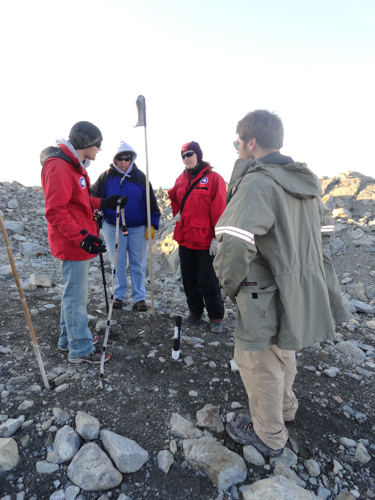
The tour was great and I learned several new things. Most of the rock around Palmer Station is granodiorite, an intrusive igneous rock similar to granite but containing more plagioclase. Plagioclase is a form of the mineral feldspar with a white or grayish color. It is different from the more pinkish potassium feldspar common in granite counter tops and in the granite I’m used to seeing in coastal Maine. There is a great deal of pyrite and hornblende in the rocks here too; we saw a large vein of pyrite in the rock along the shore, which was beautiful, as well as another vein containing both sulfur and pyrite.
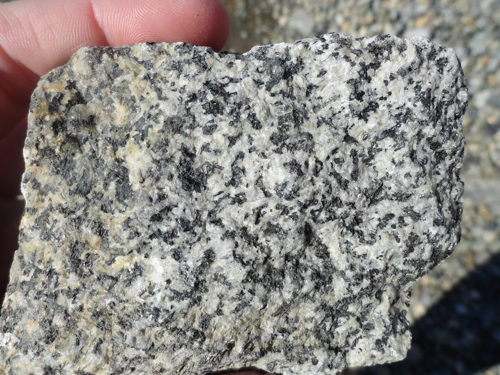
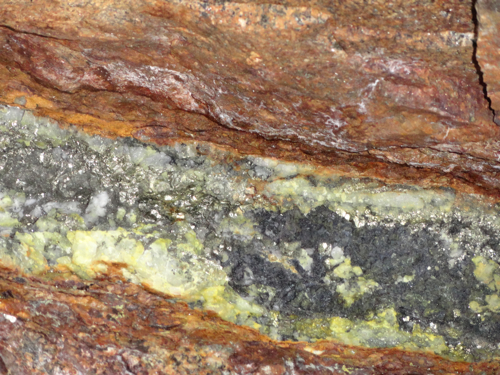
In the soils we saw evidence of cryoturbation, which involves the mixing of materials in various horizons or layers of the soil due to freezing and thawing. This process happens in permafrost soils, also called gelisols, and produces distinct patterns in the soil. I probably would have overlooked this patch of soil until Kelly pointed out the distinct striations in it as evidence of cryoturbation.
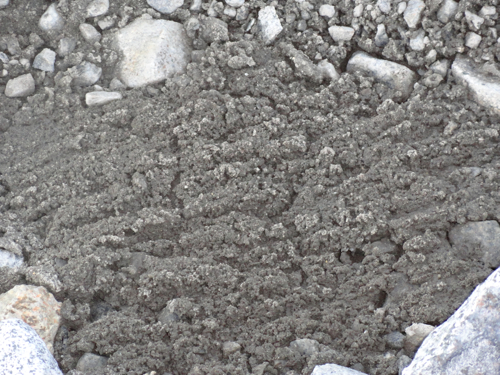
We also saw several glacial erratics at the edge of the glacier. A glacial erratic is a piece of rock that differs in size and type from rock native to the area in which it rests. The word “erratic” comes from the Latin word errare, meaning to wander. Glacial erratics can be carried by glacial ice for several hundred miles! They can vary in size from small pebbles to large boulders; most of the erratics I identified last night were more boulder-like in size. We also saw evidence of glacial polishing; several of the rocks were very smooth and had scrapes in them. Kelly explained this is from the scouring that happens as a glacier passes over the rock.
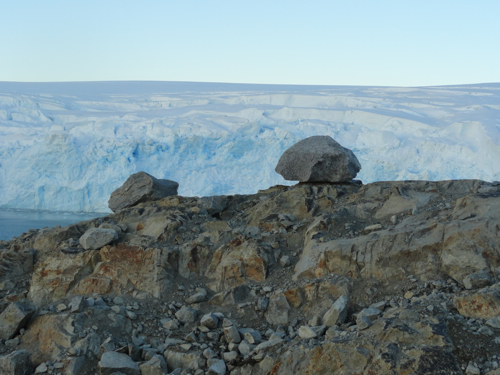
In addition to rocks, I also saw a large leopard seal hauled out and resting on an iceberg. I hope I don’t see any while the divers are in the water, but I enjoyed seeing this guy from a safe distance. Leopard seals eat penguins, so I’ve decided to keep my flat penguins from Mrs. Hoffman’s students safe and warm in my bedroom. They’re up on the wall by my bed and they keep me company at night. I love them! Special thanks to Mrs. Hoffman's 3rd and 4th graders for all the notes and questions too. I enjoy hearing from folks at home!
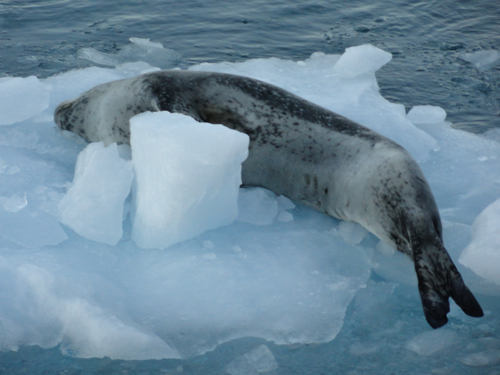
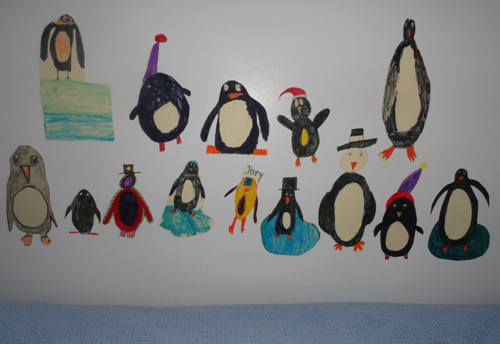
I was out dive tending again today as the scientists hunted underwater for more rocks with crustose coralline algae on them. While I was on the zodiac watching the divers’ bubbles (and scouting for leopard seals!), an Antarctic fur seal came up on the rocks on shore. I shot a short video of him; it’s a bit rocky because I was on the boat but I thought you might enjoy seeing it anyway. Fur seals are related to sea lions; they have external ears and hind flippers that can rotate forward so that they can walk on all fours. The fur seal slept on the rock most of the time the divers were underwater. At the end of the video you can hear Chance, one of the Marine Technicians, on the radio. As I mentioned yesterday, I call in to the station from the zodiac to keep the communications people informed about where we are and what the divers are doing.
http://
I am happy to report that we did not see any leopard seals while on the water today. I'm looking forward to another exciting day tomorrow. Until then, keep in touch!
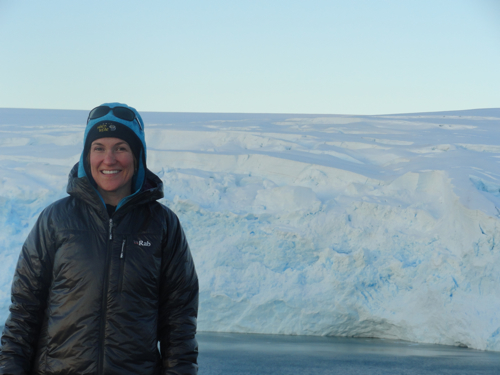
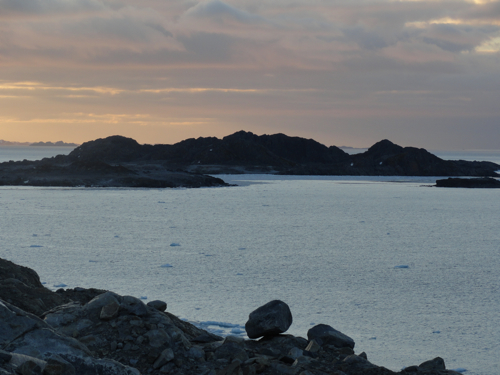


Comments